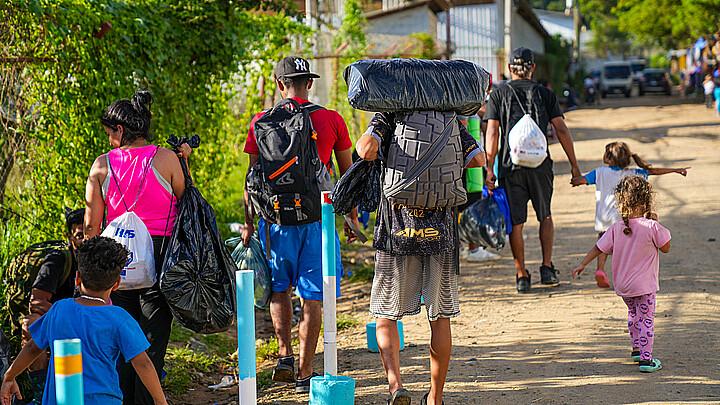Immigration
ICE is short $345 million but still spending more than ever
ICE is closing its current fiscal year with a deficit of almost $345 million
July 14, 2022 5:54am
Updated: July 14, 2022 9:32am
A new report by Axios found that U.S. Immigration and Customs Enforcement (ICE) will run out of money by October as the unprecedented number of migrants crossing the border is driving up the agency’s costs.
ICE is closing its current fiscal year with a deficit of almost $345 million. ICE sent a request to DHS for more funds to make it past October.
To keep the agency operating, the Department of Homeland Security (DHS) will have to use millions of dollars meant for other programs, three sources told Axios.
Out of the money that will be redirected, about $100 million is expected to come from the Coast Guard budget. ICE might be able to get another $80 million by moving the agency’s existing funds internally.
According to the sources, the reprogramming plan for ICE took congressional offices by surprise. While Congress does not have to approve the reprogramming, DHS must notify it.
It is unclear if the deficit stems from a low original estimate of what would be needed or if the funds were mismanaged.
Axios, however, explains that some new immigration policies could have added to the agency’s expenses. For example, ICE had to pay roughly $100 million to follow court orders and restart the Remain in Mexico policy, which mandated that asylum applicants had to wait in Mexico until their applications were approved. However, the U.S. Supreme Court ruled last month that the administration could reverse the rule implemented by former President Donald Trump.
Around $14 million went towards an increase of detained immigrants. Similarly, $15 million were spent on training officers to adhere to the Biden administration’s immigration policies, which had focused on arresting convicted criminals. However, this policy was ended by a court.
Since President Biden assumed office, the U.S. has seen a record number of migrants crossing the border, according to data published by the U.S. Customs and Border Protection (CBP).










